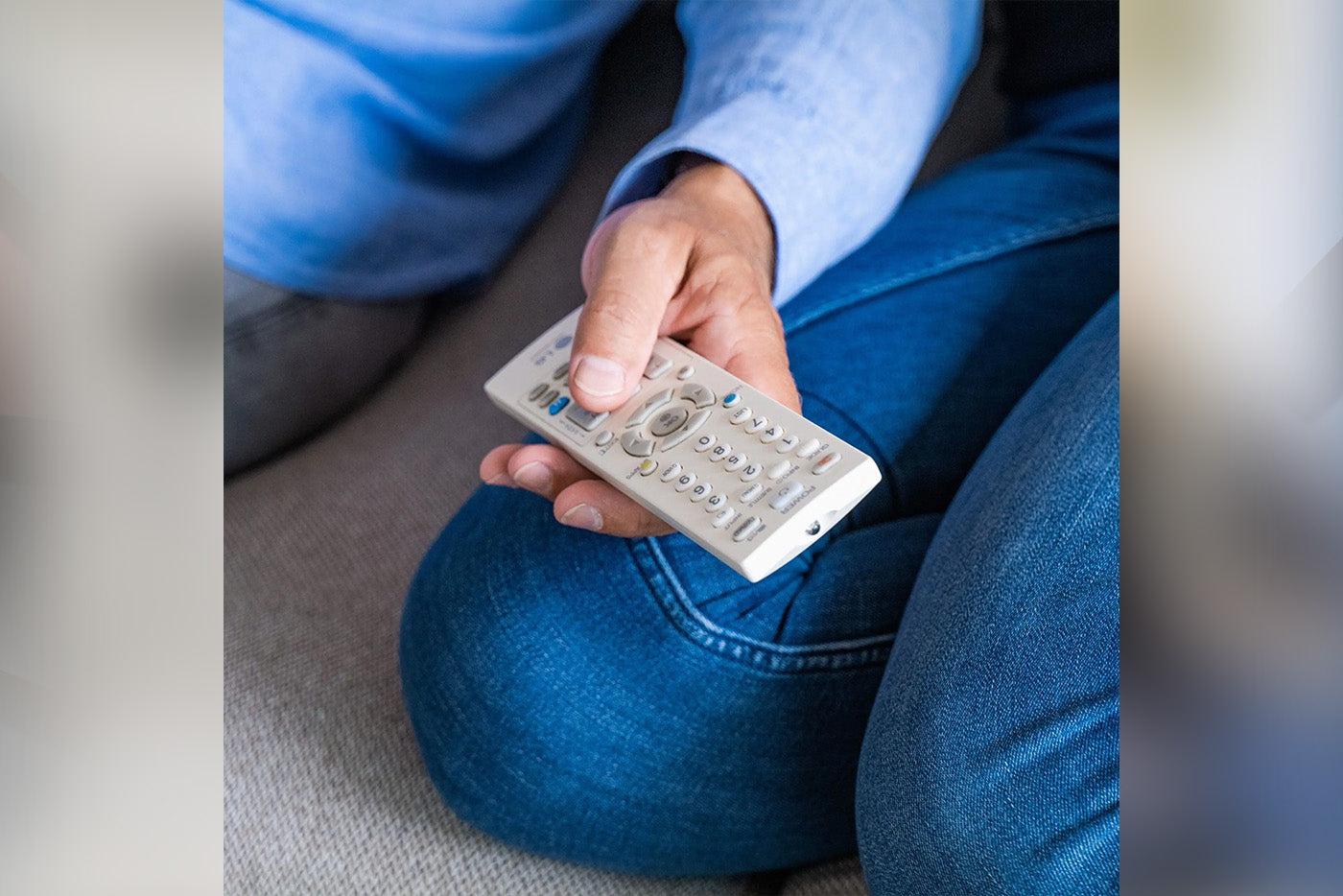The sound delivered by TVs is usually not of the same quality as that from other audio sources such as speakers or headphones. This is because sound is often neglected in TVs as the focus is more on picture quality.
Due to the fact that screens have become increasingly flatter over the last few years, there is less and less space for speakers in TVs. They too have had to become smaller and flatter. However, the smaller the vibrating surface a speaker has, the less powerful it is. In addition, the lower frequencies are increasingly lost because the lower the frequency, the more vibration the membrane has to be able to deliver. The result of this constant reduction in the size of TV speakers is that the bass is almost completely absent from TV sound and the sound therefore sounds more nasal or sharp.
Additionally, TV speakers are often mounted on the bottom or back of the TV, meaning that the sound is not directed directly at the viewer and instead spreads out into the room. This can make the sound muffled and unclear, especially if the room is not soundproof.
Another problem with TV sound is that it is often not well balanced. This means that some sounds can be too loud while others are too quiet. Dialogue in particular is often difficult to understand when it is drowned out by other noises. When the TV is set loud enough to hear the dialogue clearly, the loud sound effects such as explosions can be uncomfortably loud.
The first solution to improve TV sound is to connect additional speaker systems, such as a soundbar. Their larger speakers, which are also aimed directly at the listener, significantly increase the frequency range heard, so that bass and lower mid-range frequencies are now present again, resulting in a more rounded sound.
There are still the fluctuating volumes and sometimes incomprehensible dialogues within films, between programs and advertisements or when switching between programs or streaming, internet and TV platforms. This problem is usually not solved by the televisions or the sound systems connected to them. So-called "night modes" or "clear speech" functions in these devices usually reduce the sound quality, so they are not a permanent solution, as they are quickly deactivated again after the first listening attempts because the sound results sound unnatural.
HDSX TV Sound Optimizer can help solve these problems by improving and optimizing TV sound. HDSX.TV technology uses an algorithm that automatically adjusts the sound to ensure dialogue is clear and understandable, while intelligently balancing loud sound effects with the rest of the movie.
The HDSX TV Sound Optimizer analyzes the audio signal in real time and adjusts the volume of dialogues and other sound effects to ensure that the sound is well balanced and all components of the audio signal sound optimal. The sound result is even volume and clear speech on all channels.
Another advantage of the HDSX TV Sound Optimizer is that it can be used with any TV and the sound system connected to it. It is simply integrated into the signal path between the TV and the sound system using plug and play. This takes a few minutes and is child's play. As soon as the optimizer is connected, it runs in the background and adjusts the sound automatically without you having to intervene manually. Once the desired volume has been set, it does not change. At the same time, speech is spatially placed in front of music and noise, making it clearer to understand.





Leave a comment
All comments are moderated before being published.
This site is protected by hCaptcha and the hCaptcha Privacy Policy and Terms of Service apply.